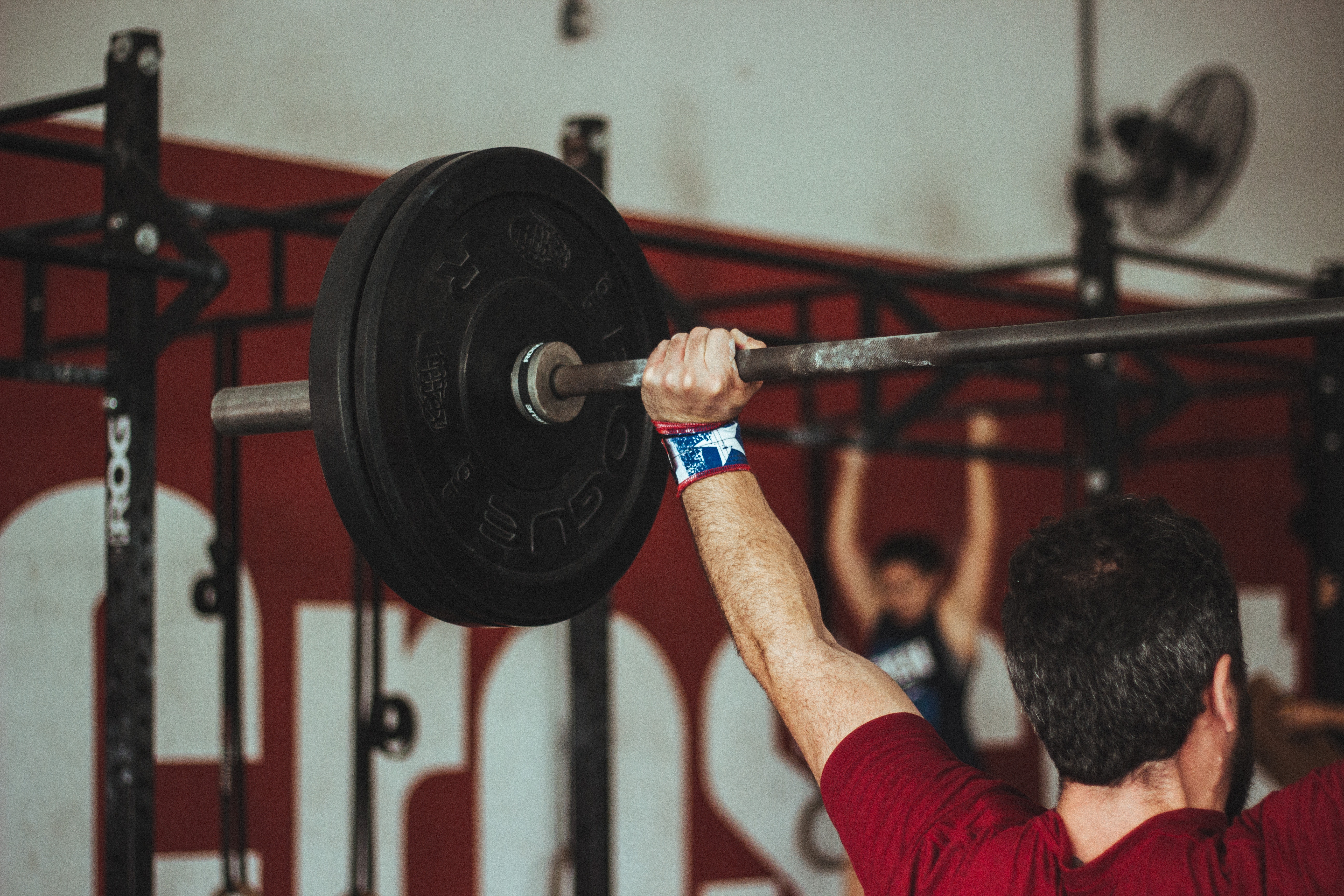
After all, repetitive movements, bad posture and some exercises are leading contributors to tears, tendonitis and generally cranky shoulders, says Lee Rosenzweig, a physical therapist with the Joint Mobility Center at the Hospital for Special Surgery in New York City. But performing the right shoulder exercises is also critical to relieving muscle imbalances, strengthening the supporting muscles of the shoulder and eliminating shoulder pain for good.
So how do you strengthen the shoulder without agitating it? Make some minor adjustments to traditional shoulder exercises. “The human body is a physics lesson in levers, fulcrums, torque, force, vectors and other fun things you may remember – or tried to forget – from high school,” says Ethan Benda, a certified personal trainer and strength coach based in Kansas City, Missouri. “So there are literally hundreds of different ways to get your shoulders stronger by just varying the angles and force you use. In many cases, changing things up just a little can result in stronger and pain-free shoulders.”
RELATED: Shoulder Mobility Exercises to Improve Shoulder Health
Keep in mind, the perfect way to perform any given shoulder exercise is highly individual. What works best for one pair of irksome muscles might not be the best for someone else’s muscles. And an exercise that’s pain-free for your left shoulder might not have the same effect for your right side. That’s where some experimentation comes in, explains Nick Tumminello, a certified personal trainer based in Rhode Island. If something doesn’t feel good, keep making micro-adjustments until you’ve found what’s best for your unique body, he says.
To that end, experts share simple ways to adjust popular shoulder exercises for better, pain-free shoulders.
Chest Presses
Avoid barbells and machines. “Most people don’t move symmetrically, so locking yourself into a fixed position on a bar or machine can force one of your shoulders into places it doesn’t want to go,” Benda says. For that reason, Benda recommends using equipment that allows each shoulder to move independently of the other, such as a dumbbell bench press or a seated or standing chest press with a cable or resistance band.
Cut the movement short. Lowering your hands all of the way to your chest hyperextends the shoulder, putting increased stress on the front of the shoulder, Rosenzweig explains. So, if you experience pain on the front of the shoulder, try stopping the movement 3 to 4 inches above the chest.
Lower your elbows diagonally from your body. Letting your elbows flare straight out to your sides can bunch up the shoulders and increase the risk for shoulder impingement (pinching of the muscles). Instead, focus on lowering the dumbbells, cables or whatever weights you are using so that your elbows point diagonally away from your body and end in line with your waist, says Justin Kompf, a certified strength and conditioning specialist at Clientel3 fitness studio in Boston. And remember, to position your body this way, you’ll have to turn your hands so the palms are angled slightly toward each other.
Use a neutral grip. If the diagonal approach isn’t working, a neutral grip with your palms facing one another might be what you need, Kompf says. During the movement, maintain this hand positioning, keeping your elbows tucked right in against your sides as you lower the weights, he says.
Shoulder Presses
Let each arm move freely. Just like with bench presses, it’s important not to force your arms into movement paths that aren’t right for your body’s unique joint structure, such as with a shoulder-press machine, Smith machine or freeweight barbell, Benda says. After all, every person’s shoulder joints have slightly different architecture and range of motion, which these fixed-path pieces of equipment don’t account for. Instead, try using dumbbells, kettlebells, cables or resistance bands.
Stop at chin height. Lowering the weights farther can cause shoulder issues for some, and for most everyone, taking the hands to about chin level is far enough to reap all of the movement’s benefits, Benda says.
RELATED: The Strong Shoulder Workout
Move one arm at a time. It’s easier to focus on what your left arm is doing when your right one isn’t moving, too, Benda says, who recommends trying single-arm shoulder presses. “This will allow for minor corrections on your movement patterns from one side to the other,” he says. After all, the routine that works for the left side might not work on the right side.
Add an angle. “A lot of people who have problems with vertical pushing like a shoulder press don’t have a problem with horizontal pushing like a bench press,” Tumminello says. If you feel any pain in the front of your shoulder or hear any clicking when performing shoulder presses, try adjusting the angle of the back of the bench so you perform your presses on a slight (or big) incline. The angle could vary anywhere from 45- to 80-plus degrees.
Read on at USNews to discover eight more exercise modifications for finicky shoulders.